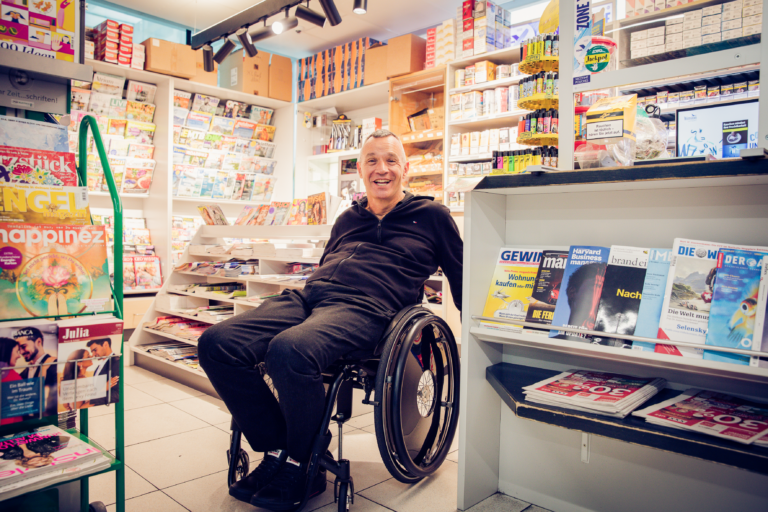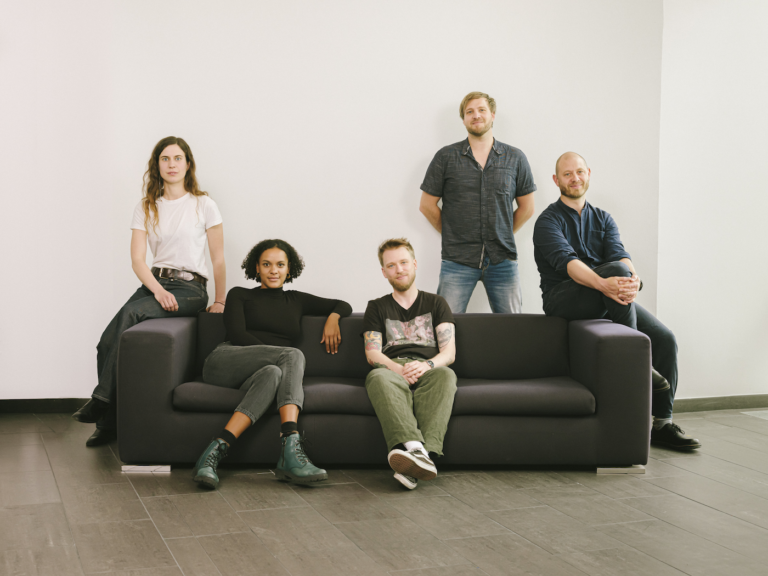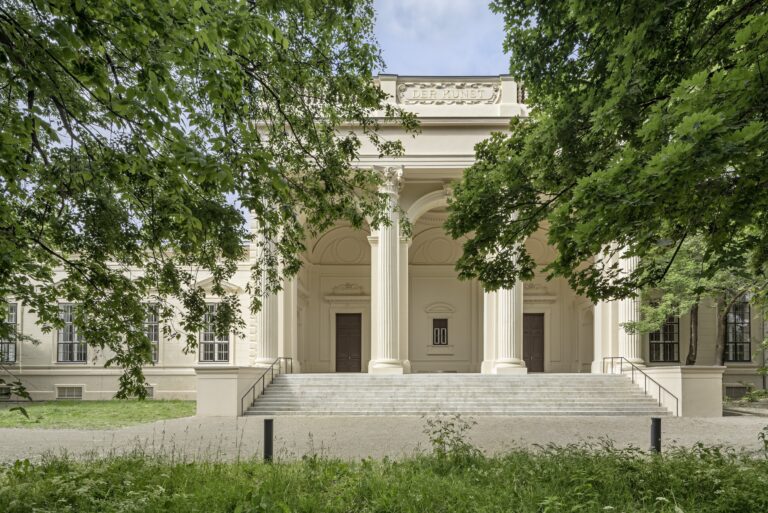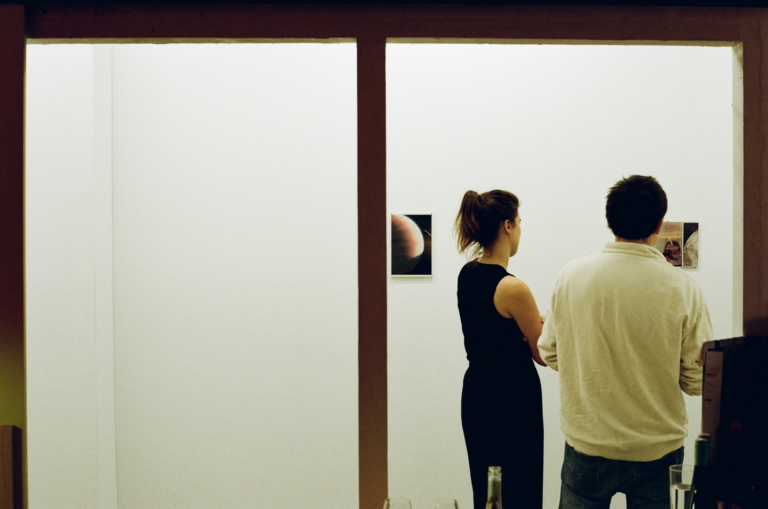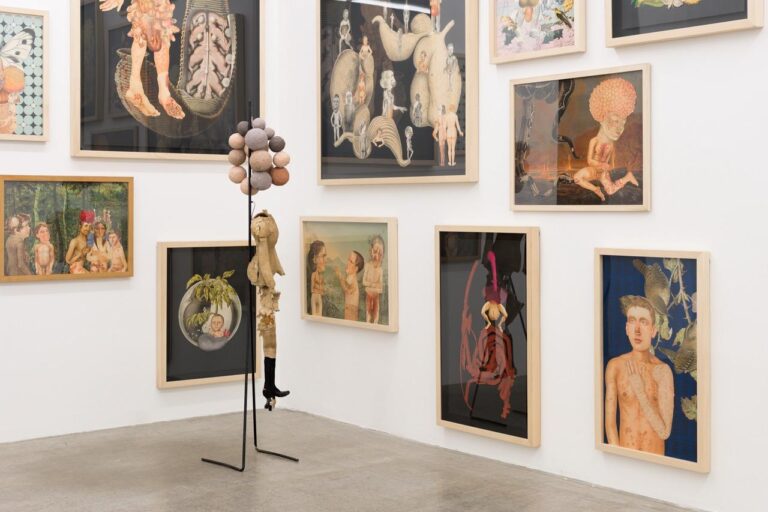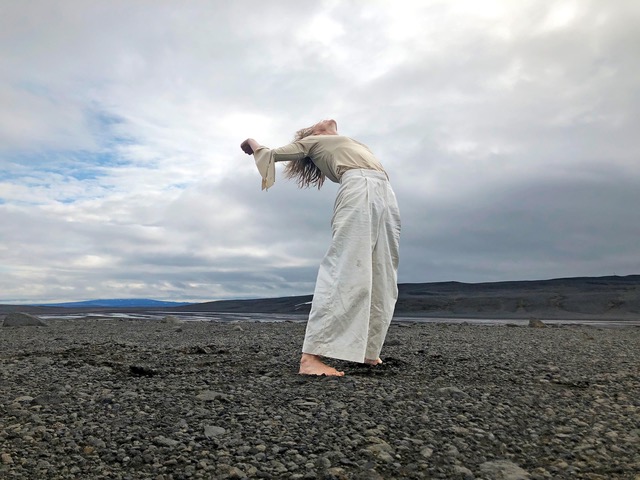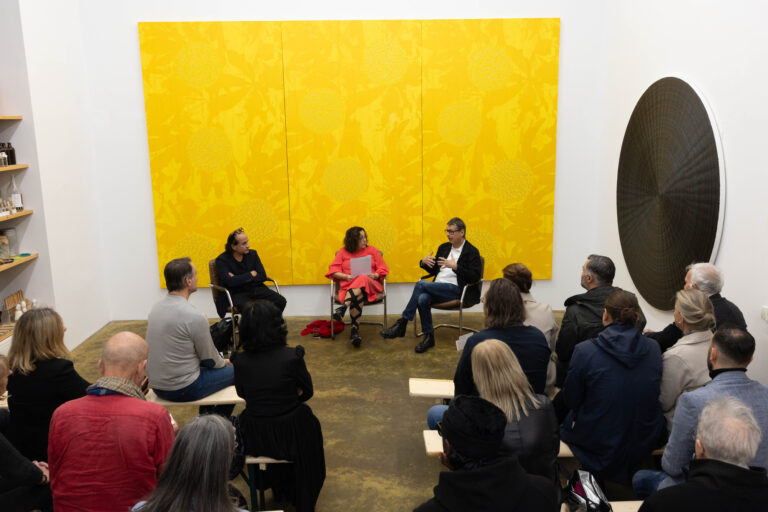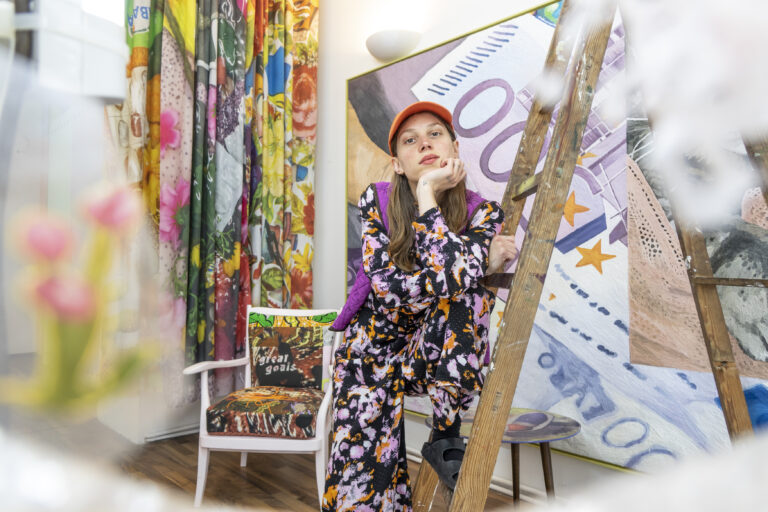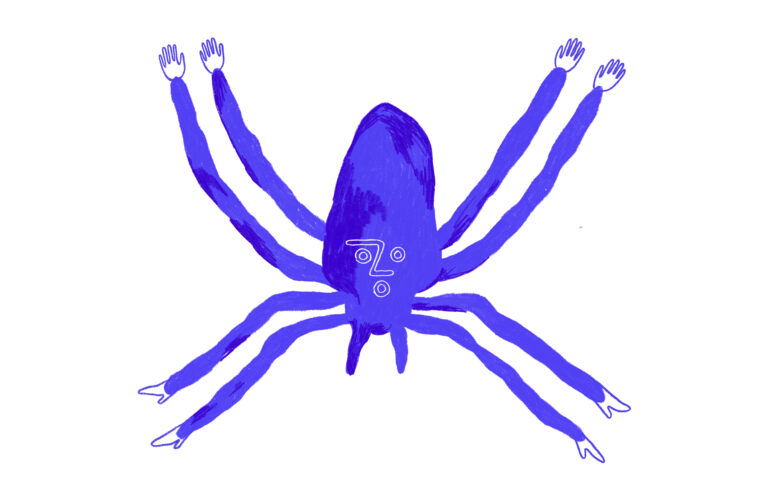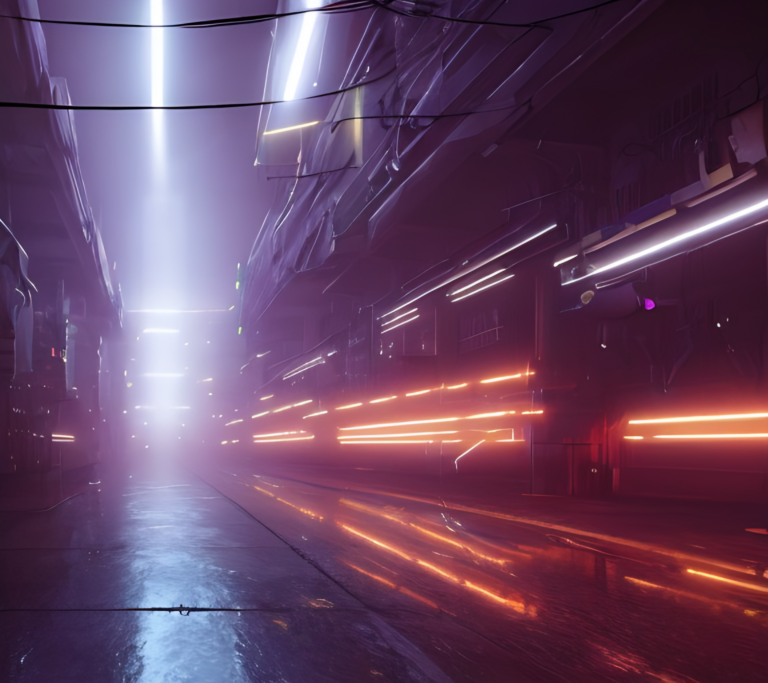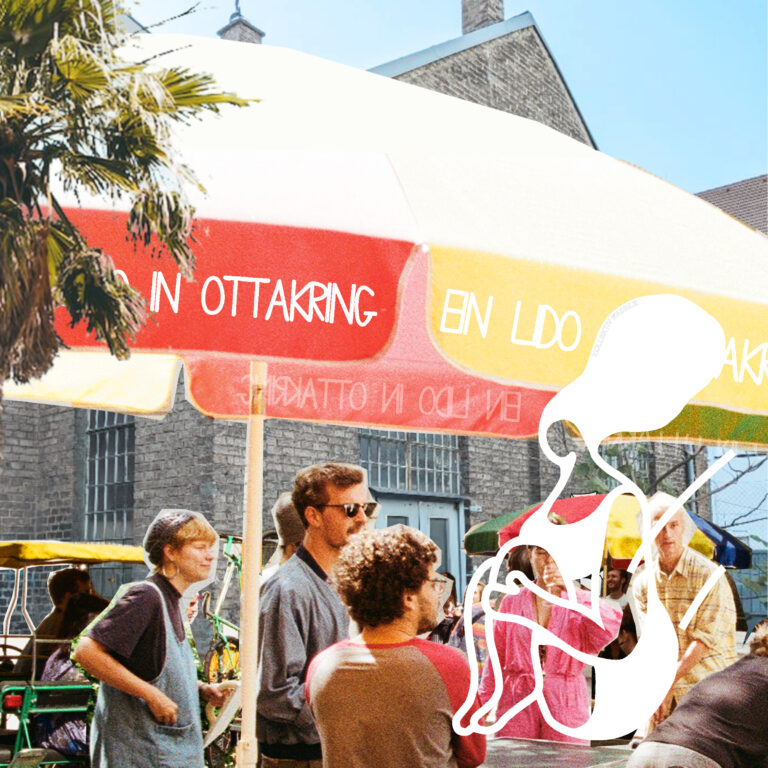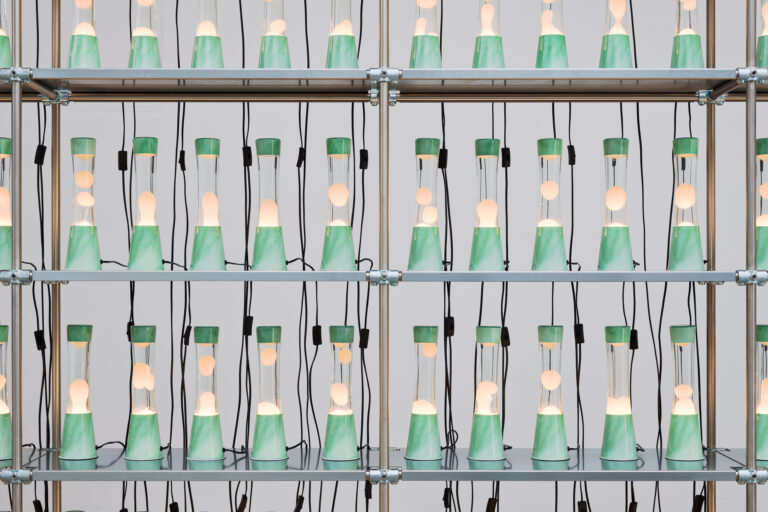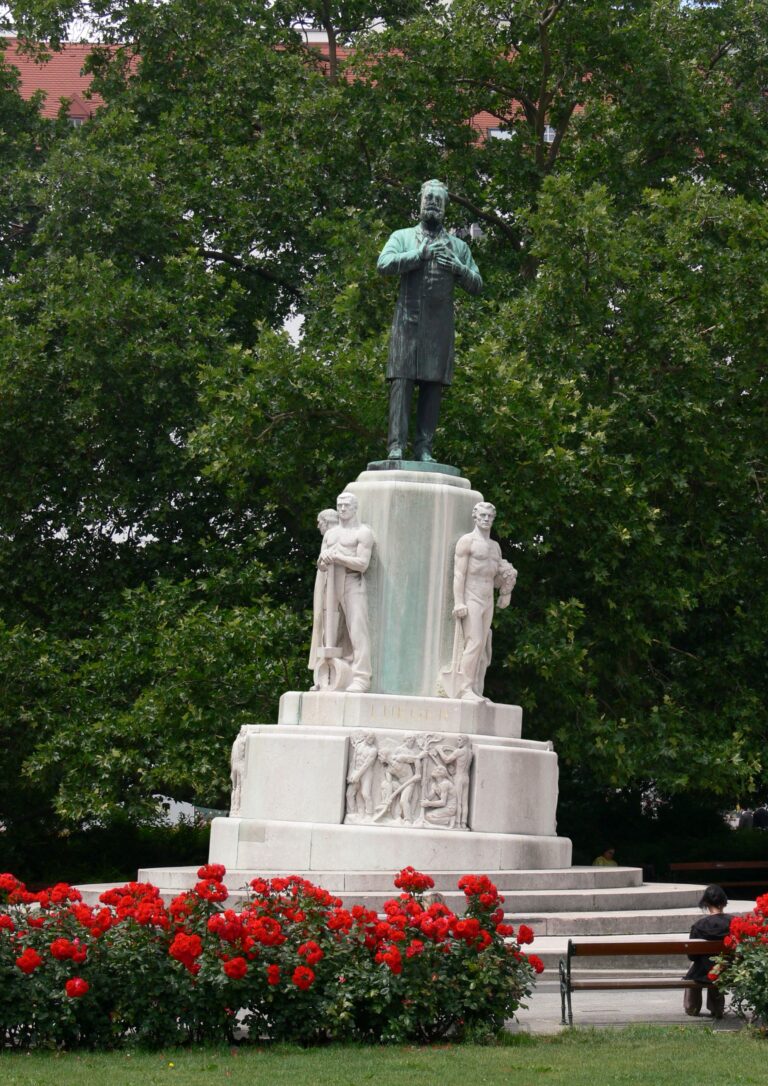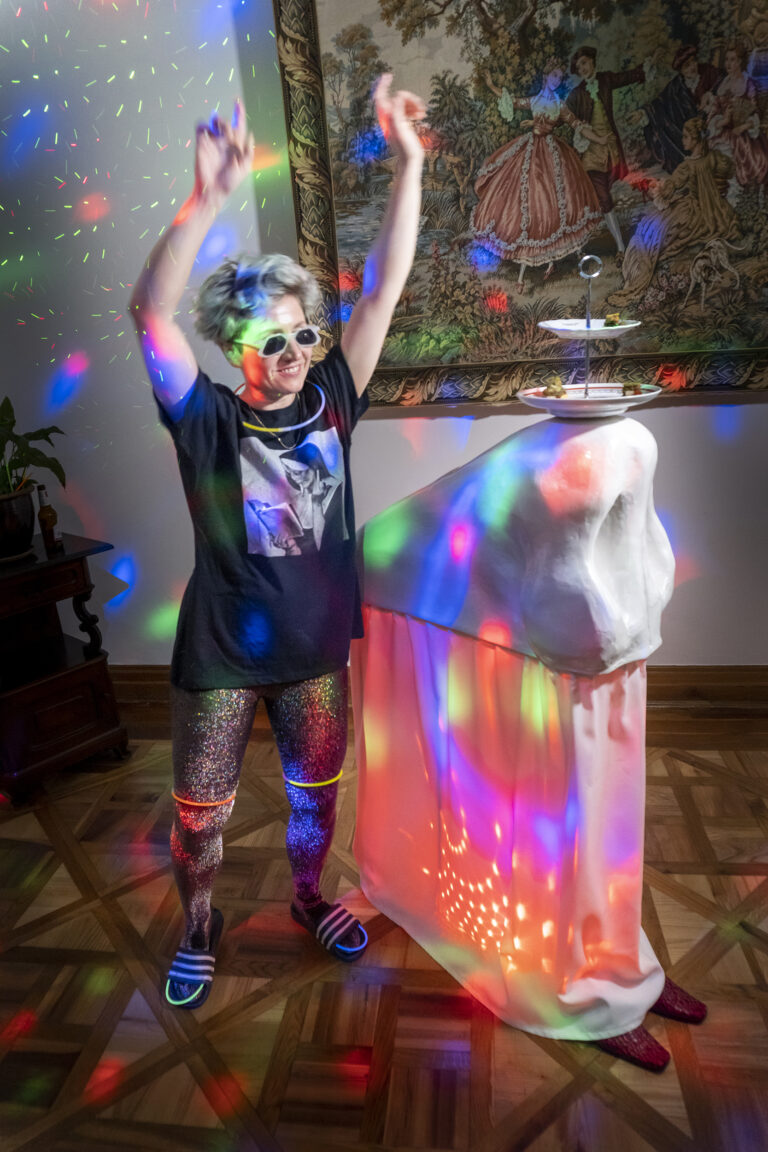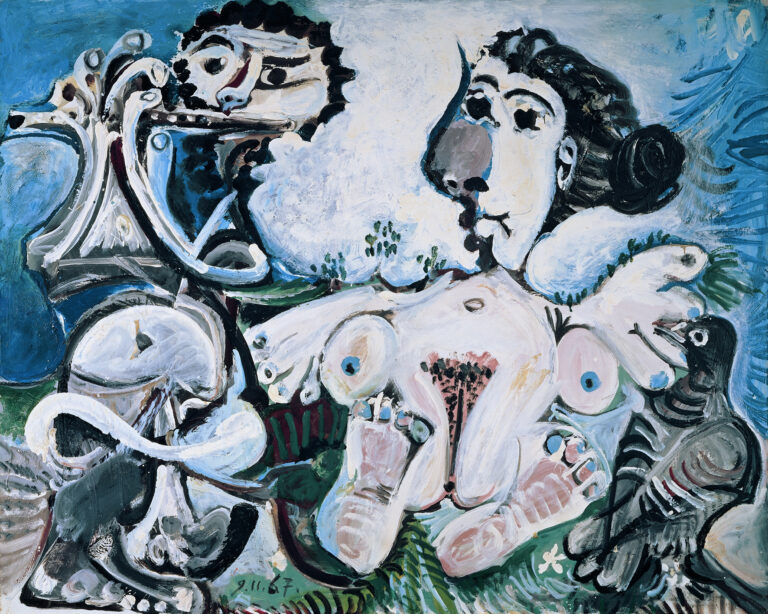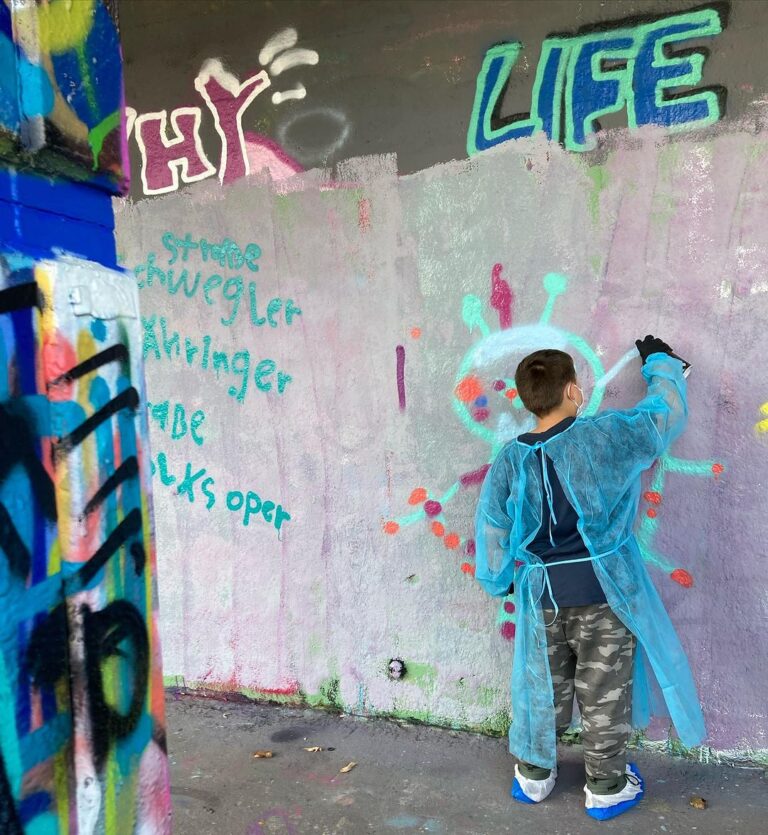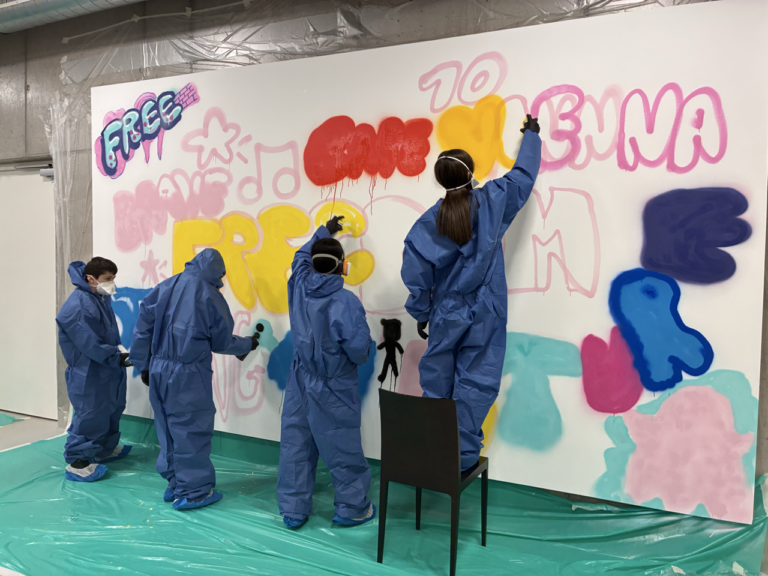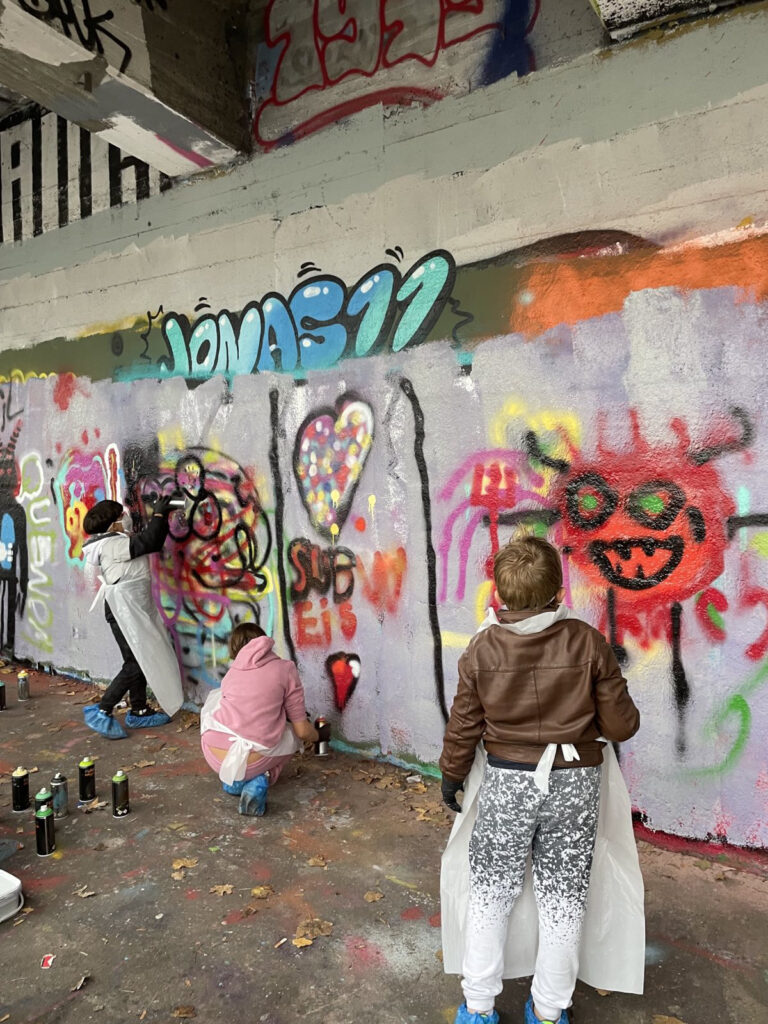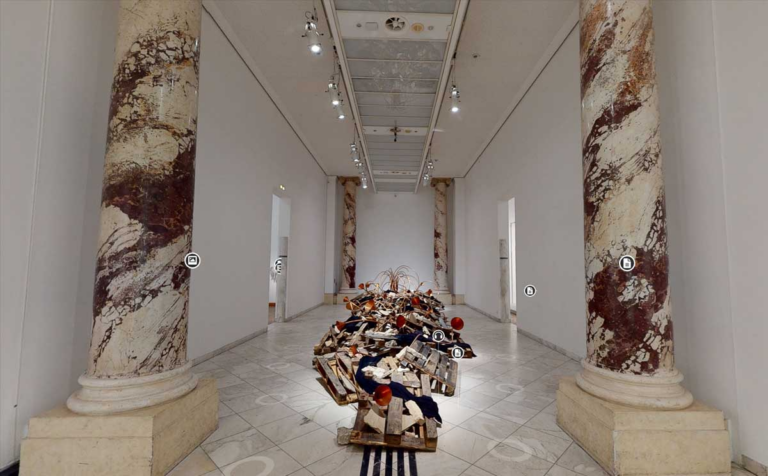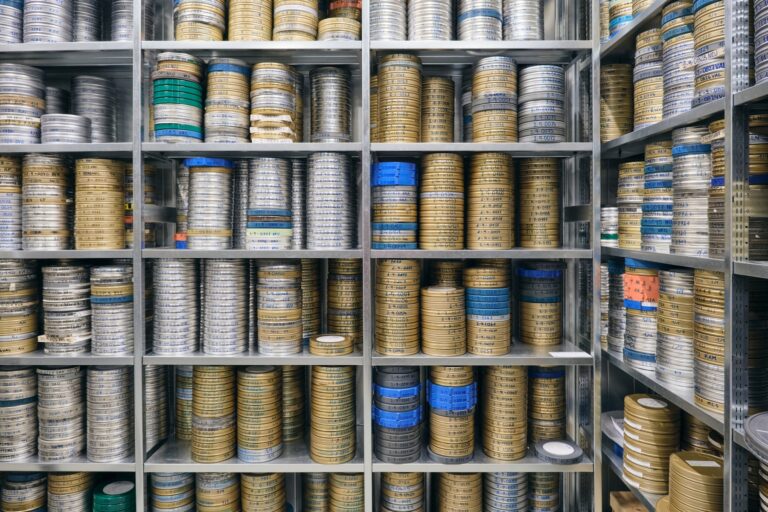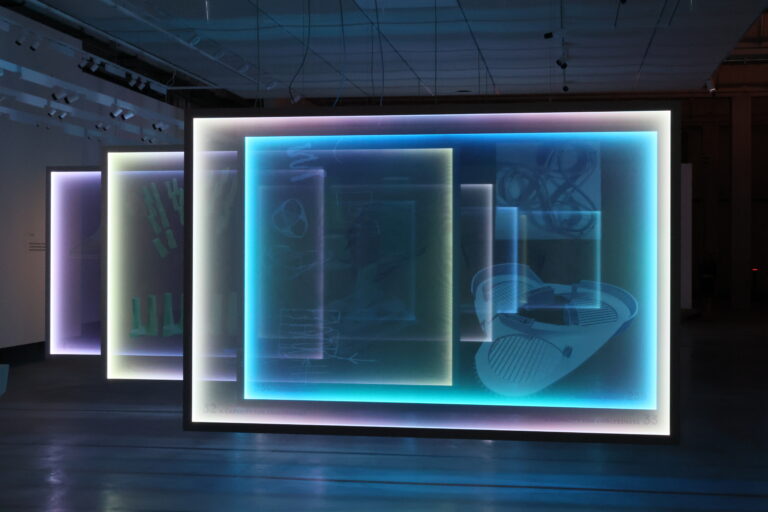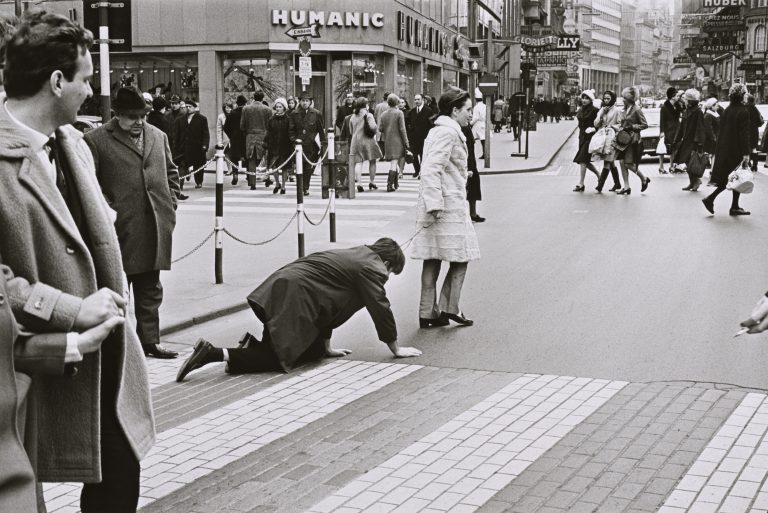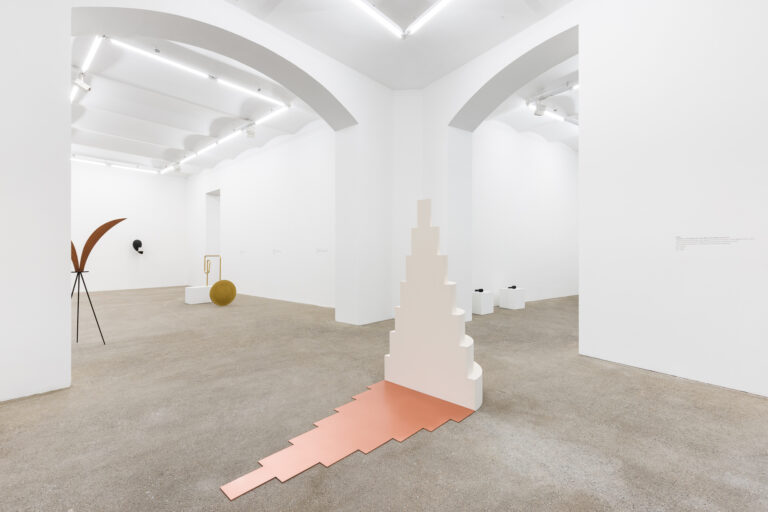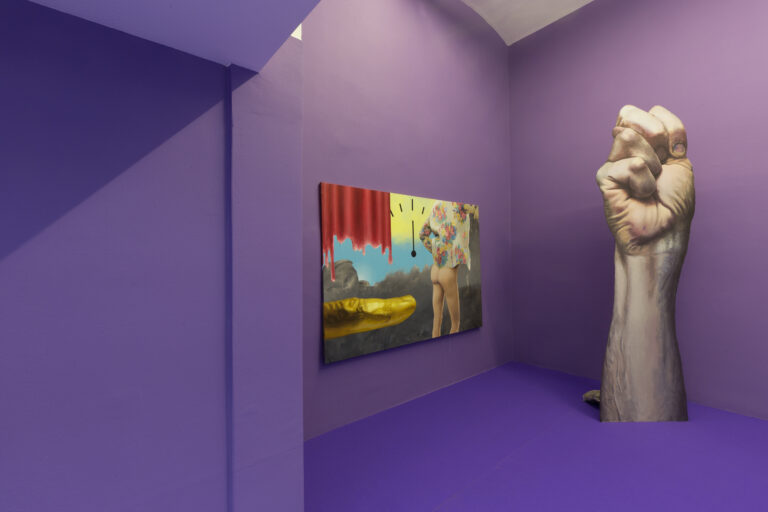Museums Under Pressure: Chaos and Destruction – An event by ICOM Austria
How much political interference can museums withstand – and what remains of their autonomy? An international ICOM panel at the MAK in Vienna powerfully highlights how museums around the world are coming under pressure – and why it’s more important than ever to stand up for their independence.
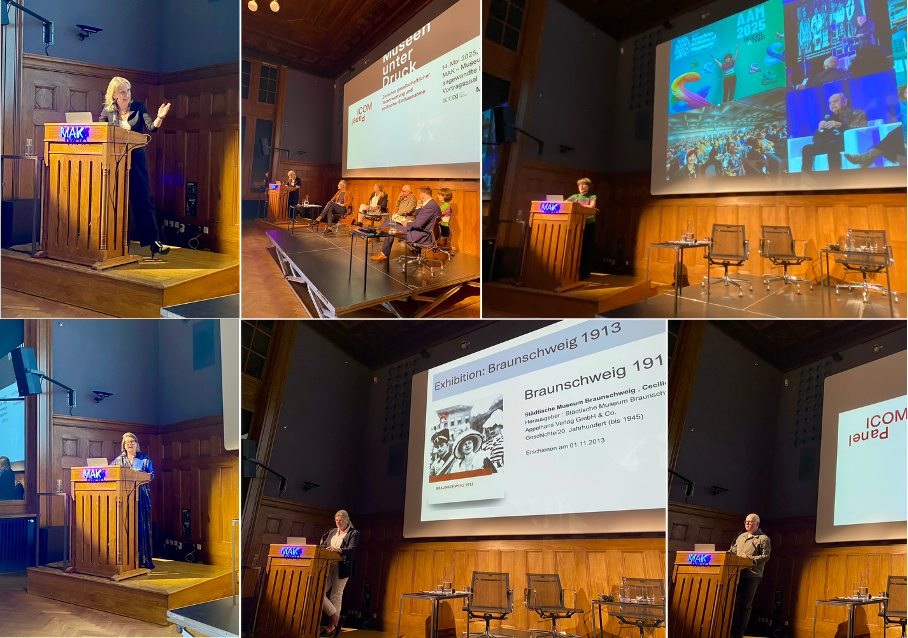
© ICOM Österreich
Museums are under increasing pressure. Direct political pressure. A panel discussion at the MAK (Museum of Applied Arts) in Vienna has just shown how devastating this is. Organized by ICOM (International Council of Museums), members from Slovakia, Italy, Hungary and the USA were invited. A representant of ICOM Hungary already pointed the way with his first words: he first had to think about whether this invitation was not too dangerous for him.
Since Viktor Orban took over the government in 2010, the Hungarian constitutional order, the electoral system and the cultural landscape have been transformed. Several leadership positions are being politically filled by loyal, some non-specialist individuals; committees are being disempowered; existing museums are increasingly following a government perspective. In short: culture is being instrumentalized for political ideology. In addition, many new institutions have been founded, including a new Hungarian Academy of Arts – with funds that the historical institutions lack. A new law now allows cultural assets to be taken out of collections and given away as gifts. All of this is increasingly leading to self-control and even self-censorship.
This political restructuring has been going on in Hungary for fifteen years. In contrast, political intervention in cultural institutions in Slovakia is happening at breakneck speed, as Dusan Buran explained. He was senior curator of the Slovak National Gallery’s collection of ancient art until he resigned along with 100 employees. Since 2023, under Prime Minister Robert Fico, the directors of major cultural institutions have been replaced at random, always with people from outside the field, sometimes in quick succession. One of them was previously a film producer, says Buran. What the museum staff saw as a statement for urgently needed discussions with the Ministry of Culture was the final end of their employment contracts. Buran summarized the cultural situation with far-reaching questions: What can the future of museums look like under such circumstances if there is no planning security whatsoever? When more and more people from outside the field are working in museums? And if the exhibition program is purely arbitrary, like the planned show by fashion photographer Bruce Weber at the Nationalgalerie?
Cecilie Hollberg, former director of the Galleria dell’Accademia in Florence, reported on similar, albeit less far-reaching conditions. Director positions that are due to expire are only filled nationally. And critical aspects are ignored in the exhibition programme, such as the Futurism exhibition that opened in April at the Galleria Nazionale d’Arte Moderna e Contemporanea in Rome – which was devoid of any explanations or contextualization of the art movement’s proximity to fascism in the early 20th century. The major J.R.R. Tolkien exhibition, which first took place in Rome, then in Naples and travelled on to Catania, was too populist and commercialized. Important historical and critical aspects were left out.
The shocking highlight was Deborah Ziska’s presentation. She is a board member of the Marketing and Public Relations Committee of ICOM and ICOM USA. On January 20, 2025, his first day in office, Donald Trump issued his first “executive order”: any “radical and wasteful government DIE” program, i.e. Diversity, Equity, Inclusivity, must end. Job cuts and website rewording were the immediate result.
The call to “restore truth and sanity to American history” followed on March 27. With the help of an “executive order”, “inappropriate ideologies” were to be removed from the Smithsonian Institution in order to promote a “positive image” of US history. The African American Museum of History and Culture, the American Art and Women’s History Museums came under scrutiny, followed by the banning of exhibitions recognizing trans women at the National Museum of American Women. In May, more than 1,000 grants, jobs and budgets at the NEA (National Endowment for the Arts) and NEH (National Endowment for the Humanities) were cut. Instead, Trump is having his “National Garden of American Heroes” planned for 2026 financed with statues of randomly selected people from politicians to pop stars or astronauts.
It remains to be seen where these developments will lead. However, it is already foreseeable that such political influence will destroy existing structures in order to fill them with new ideologies. Is there a way out? Johanna Schwanberg, President of ICOM Austria and Director of the Dom Museum Vienna, warned: “Museums form collective memory.” But how can autonomy and plurality be preserved? In her statement, Lilli Hollein, Director of the MAK, implores us not to give up the “weapons of the museum”: In April 2024, a study by the Institute for Museum Research at the Prussian Cultural Heritage Foundation found that museums enjoy the highest level of trust of all public institutions with an average score of 7.4 on a scale up to 10 – just after family and friends (8.3), ahead of academics and the media. The decisive factor here is the neutrality of museums. Museums are a place of social cohesion, offering space for openness, dialog and reflection. Hollein: “We have to fight for this. We have a responsibility for this trust.”
